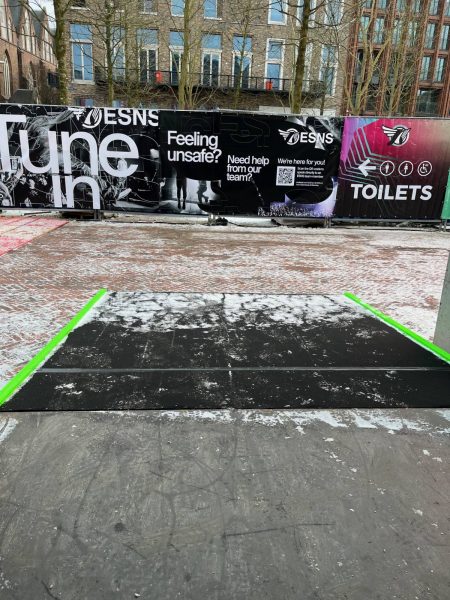Diversity & Inclusion: ESNS Case Study (NL)
- Name: ESNS
- City & country: Groningen, Netherlands
- Total # of visitors: 40,000 (conference & festival)
- Site: De Oosterpoort + 20-30 venues and clubs in the city
- Number of days: 4
- Established in: 1986
- Keywords: accessibility despite multiple venues, people with low literacy, racist behaviour among security staff, gender-balanced line-up, gender-balanced crews, safer space, active bystander training
ESNS (Eurosonic Noorderslag) is one of the most important live music conferences and showcase festivals in Europe. Its concerts are open to both delegates and the public. Artists like Dua Lipa, Editors, and AURORA performed there before they became internationally renowned. As a city festival working with a lot of external venues, ESNS faces some unique challenges when it comes to accessibility. Rob van Wegen, sustainability coordinator for ESNS, tells us about the progress the event has made with accessible venues, gender diversity and anti-racism.
Communication & Research
In order to make the concert venues more accessible, ESNS requires the support of the venues’ owners. Rob explains that ESNS clearly communicates their expectations on accessibility to all venues to push a minimal standard: “By asking questions, we make them aware of the needs they might have overlooked.”
The event also initiates research with experienced visitors who give them insights into their on-site experiences, and ESNS sends out mystery guests (mirroring concert visitor’s behaviours to understand on-site accessibility conditions; comparable to mystery shoppers) to some concerts to get direct feedback, which they later share with the venues.
If a venue has barriers that can’t be removed or adapted, ESNS communicates this in their FAQ, so visitors are aware of the limitations and avoid disappointment at arrival. “It’s logical we can’t fix everything, but we can stay informed about the options,” Rob states.
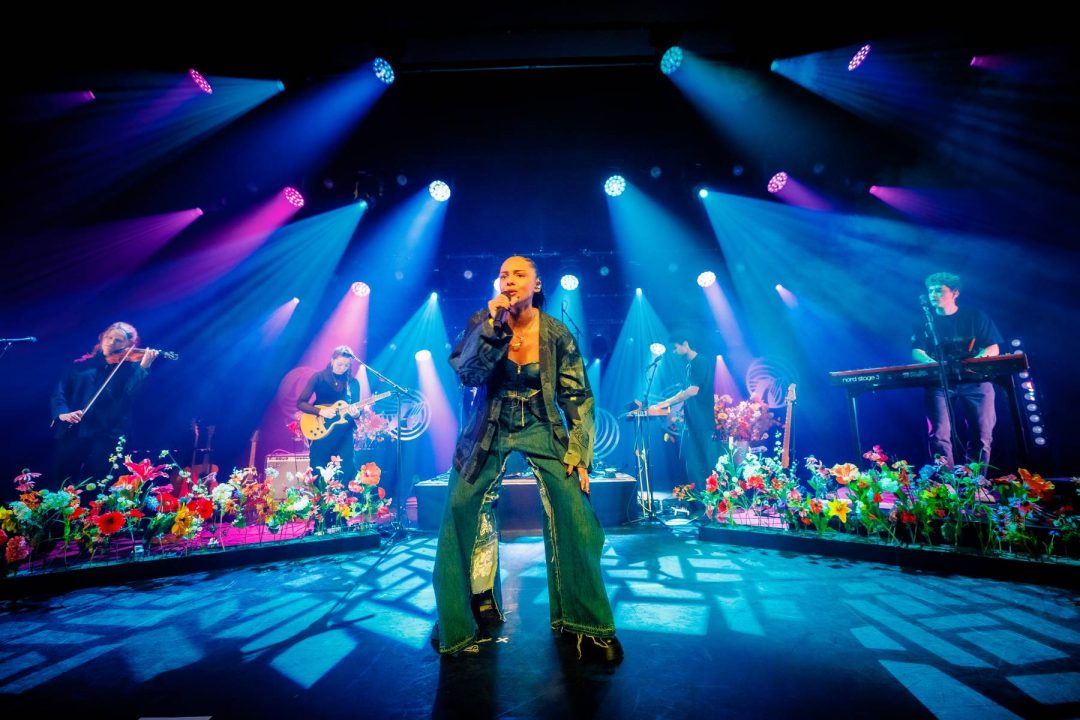
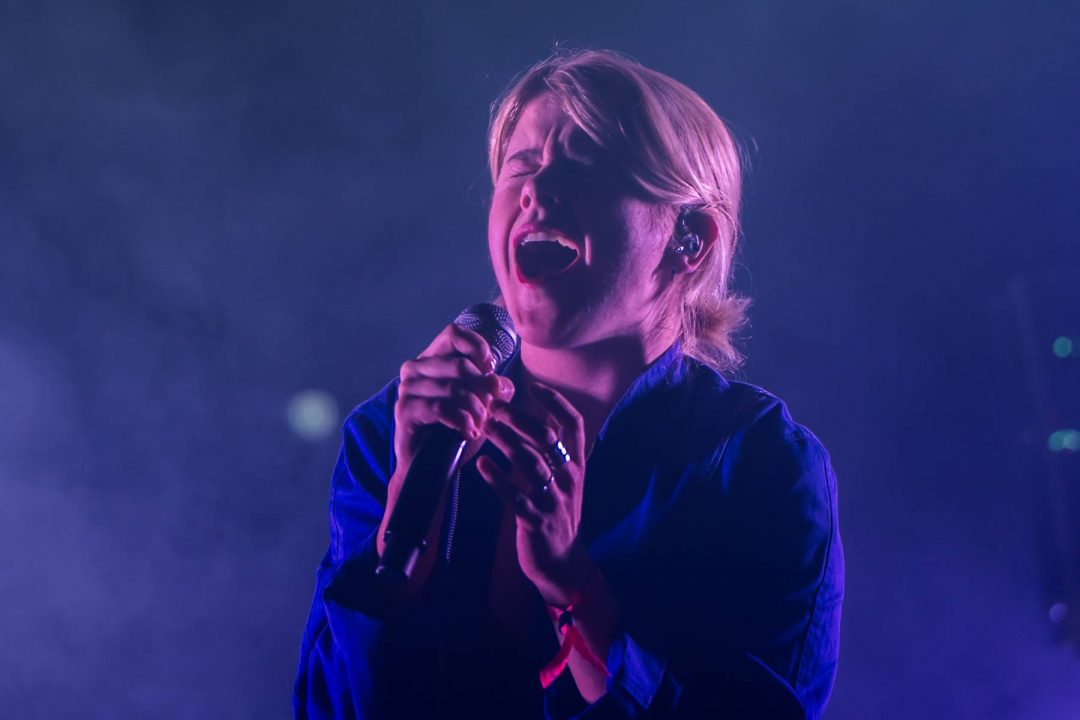
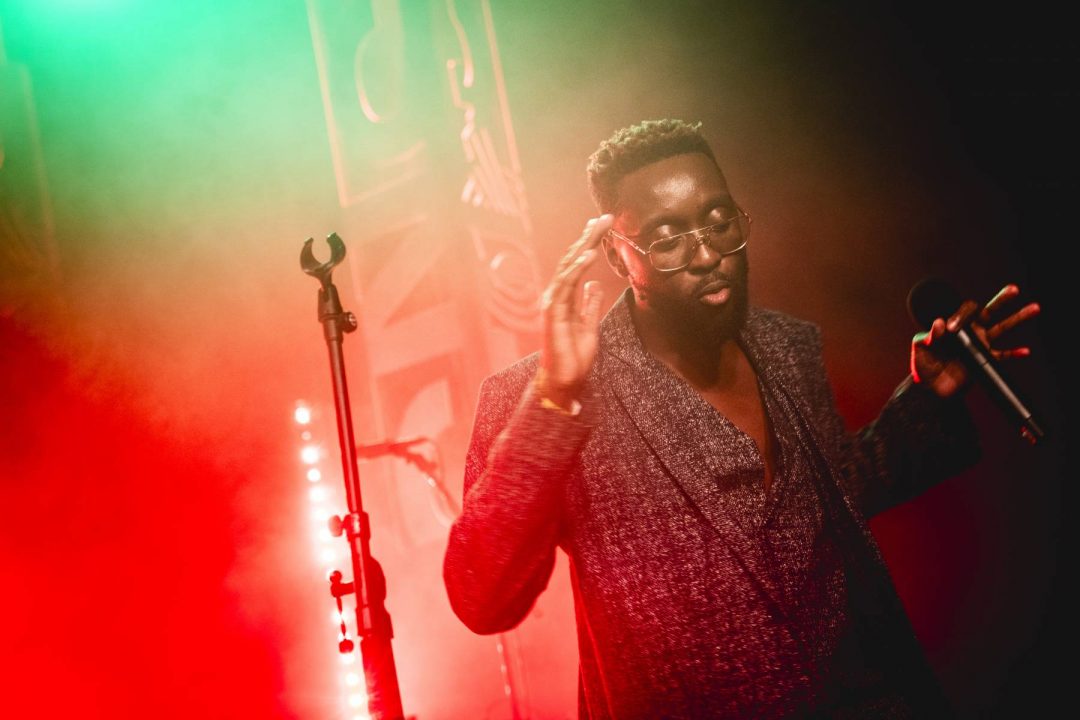
Actions that contribute to more accessibility:
- Bar mats for the hearing/speech impaired (see pictures)
- Induction loops for the hearing impaired, that transfer sounds directly to hearing aids (in the city concert hall and ESNS AIR, the open stage in the city centre for all visitors)
- Music translators during concerts at ESNS Air on Saturday and writing translators during the conference
- Wheelchair placeholders: about 20 square mats placed at difference conference locations to keep them free for people in wheelchairs; reserved spots at ESNS AIR
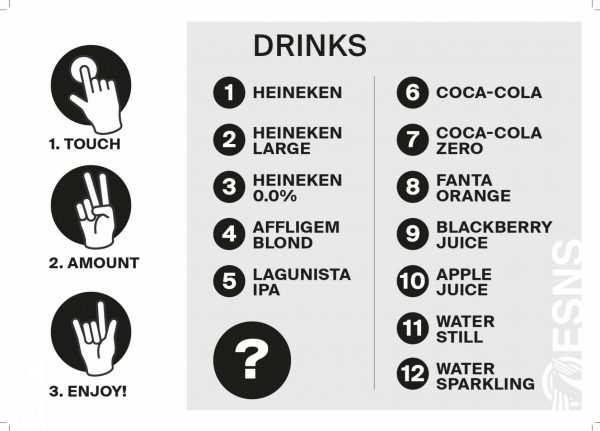
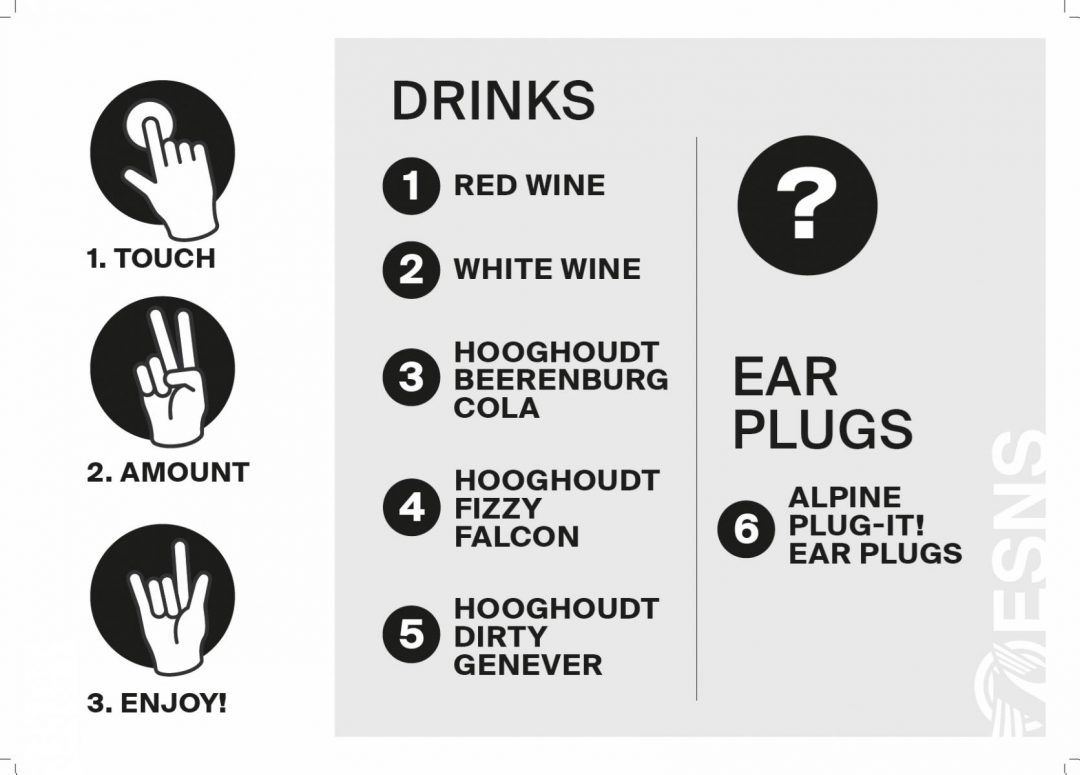
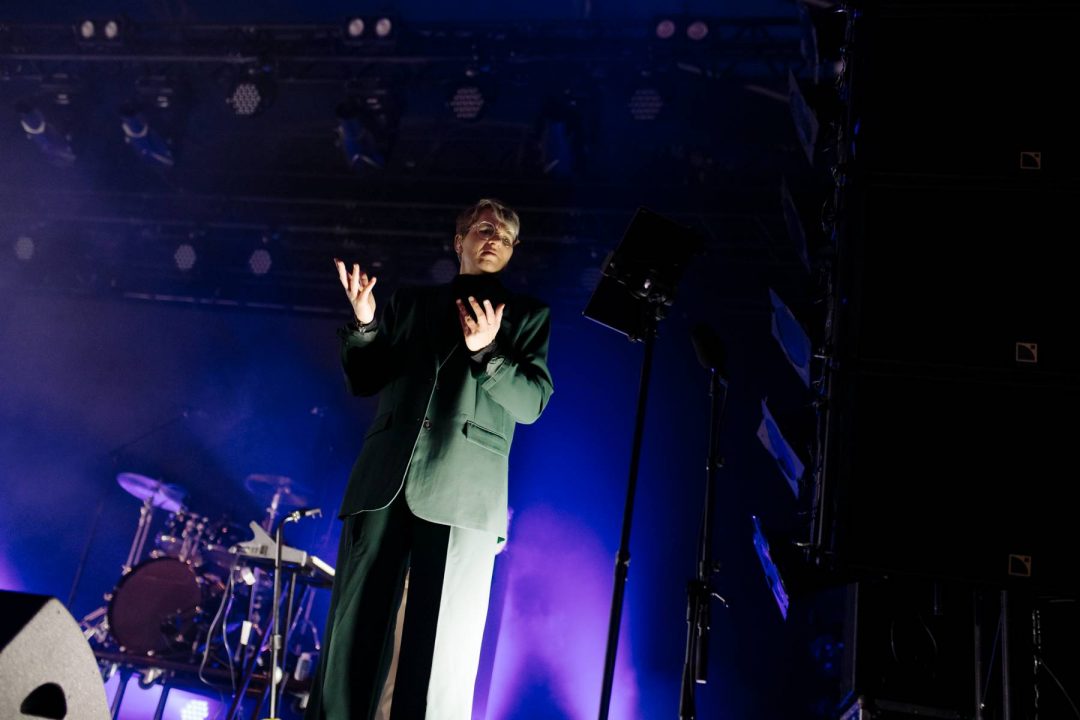
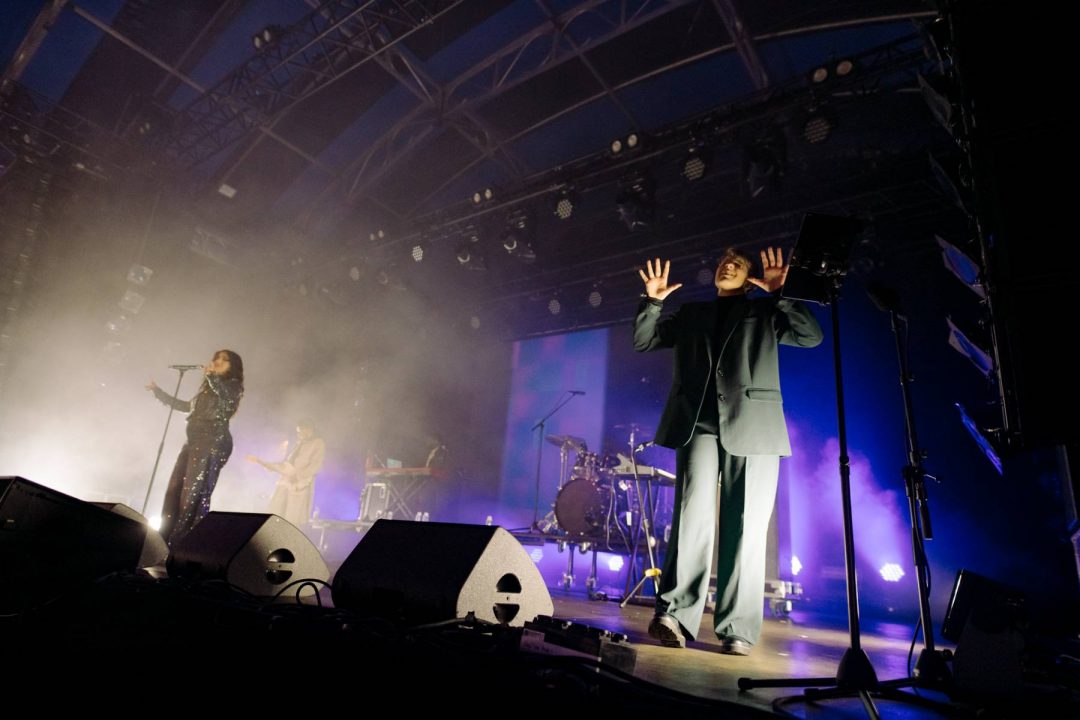
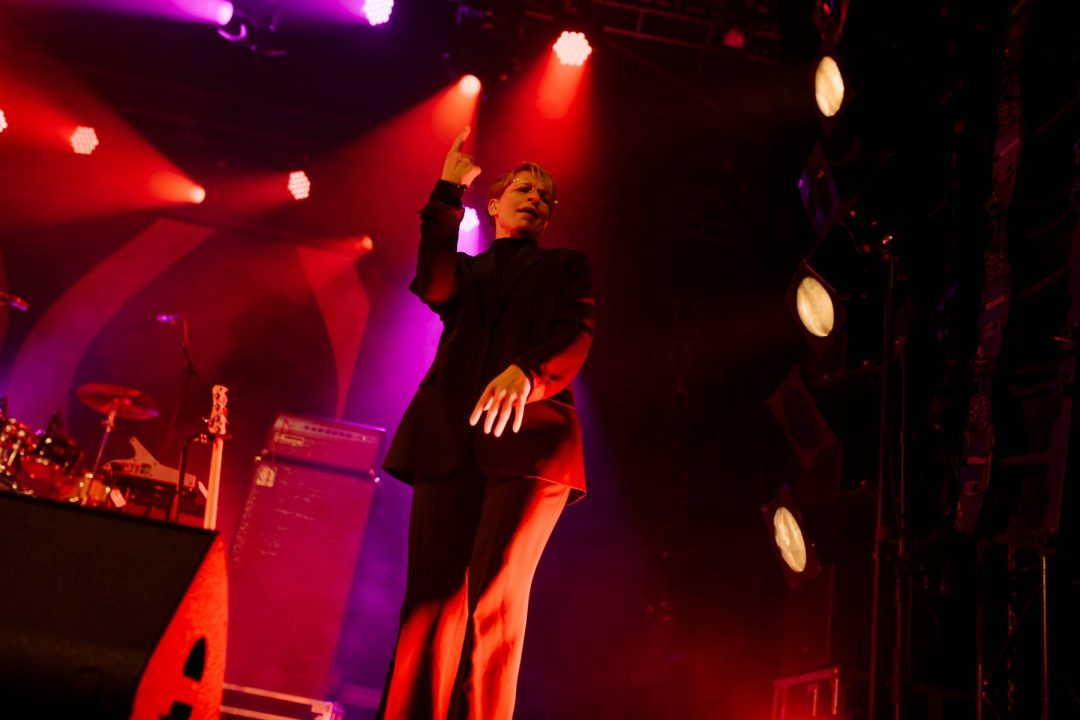
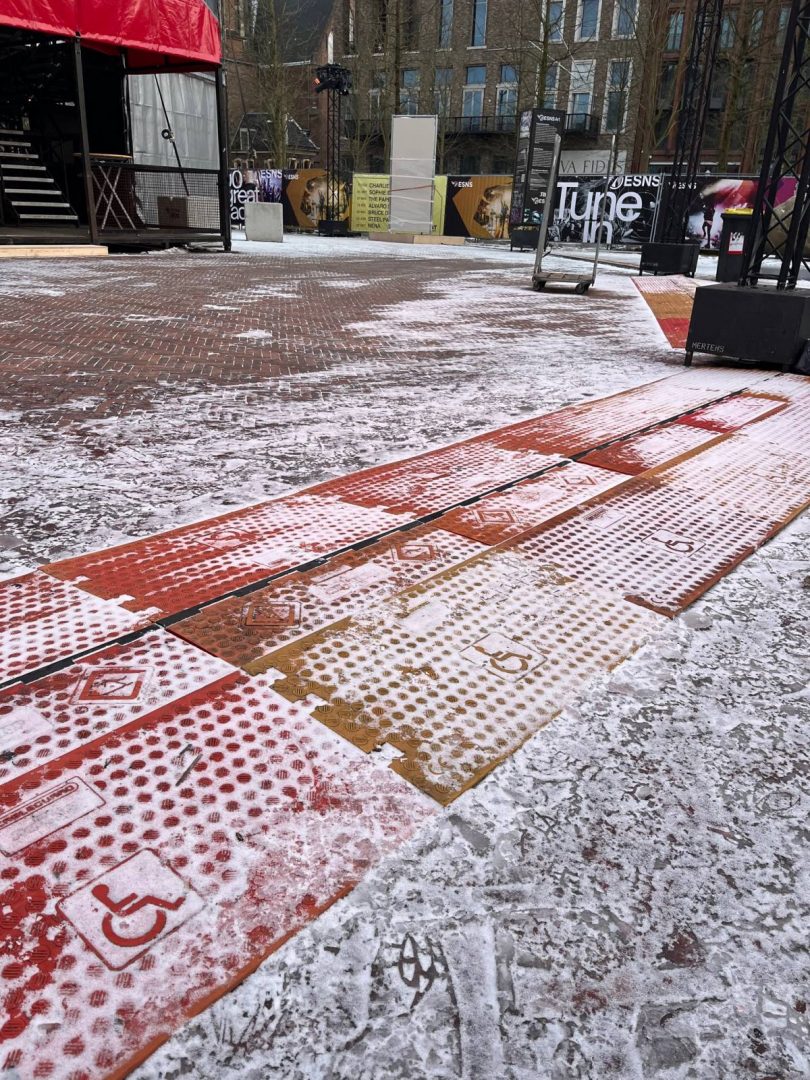
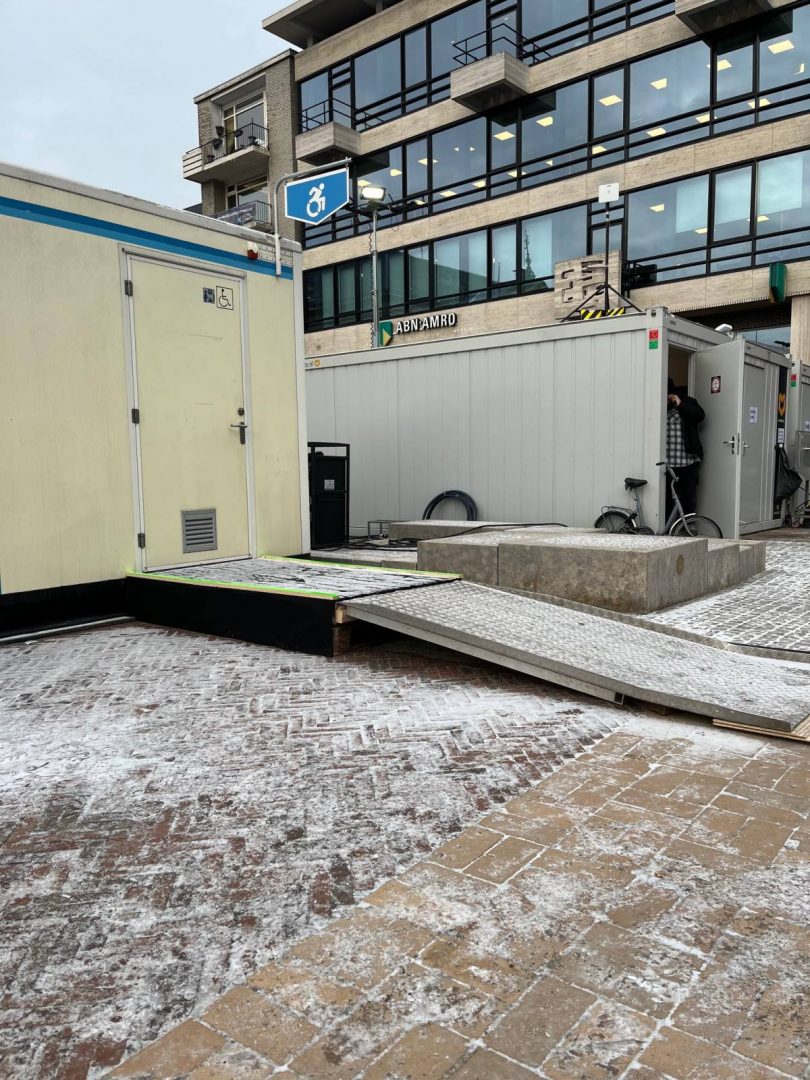
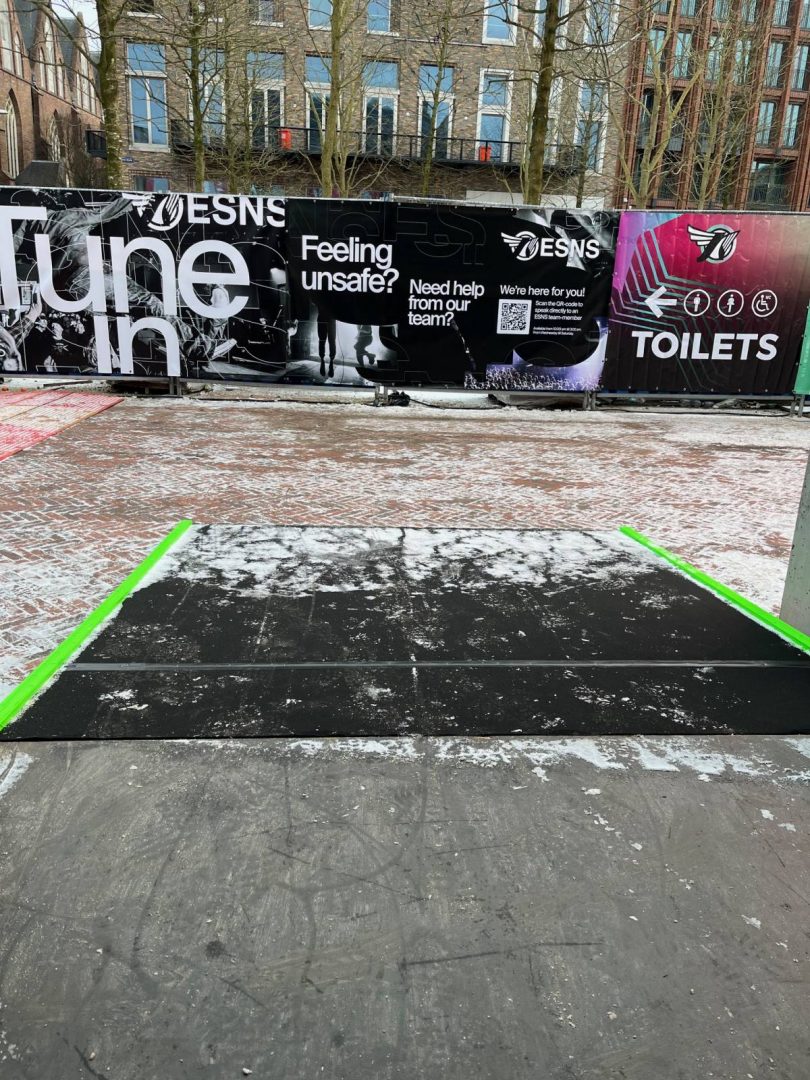
Accessibility for people with low literacy
To find out how people with low literacy experience the festival, ESNS did some research. Being surprised to find how large the group of people with low literacy is, they asked the group to report on how they perceived the website and the festival and how it made them feel. “This is very important, to give them a feeling of a safe experience with their disability. The research was an important step: they felt noticed and taken seriously,” Rob says.
Two practical takeaways: use emojis instead of many words, and make signage on-site well-lit.
Advisory Board & security measures
ESNS works with an external advisory board, “a group of experienced and motivated professionals with personal experience and knowledge,” according to Rob. They meet monthly and give solicited and unsolicited advice to ESNS. For example: based on their own experiences at the festival, they exposed a blind spot in the way security handled visitors from an ethnic minority. The ESNS team then made the security staff aware that this was a systemic issue, not isolated incidents. As a result, e-learning on the issue is now part of the security staff’s onboarding process.
In 2023, ESNS introduced a safe space programme to encourage people to look out for each other. In 2024, the safe space became a container on the Grote Markt in the city centre, which offered support to visitors at night. “This is combined with a poster campaign on all venues with QR codes to get in contact with our support team for help,” Rob adds. Plus, there are quiet rooms at some venues and in the city for people to unwind.
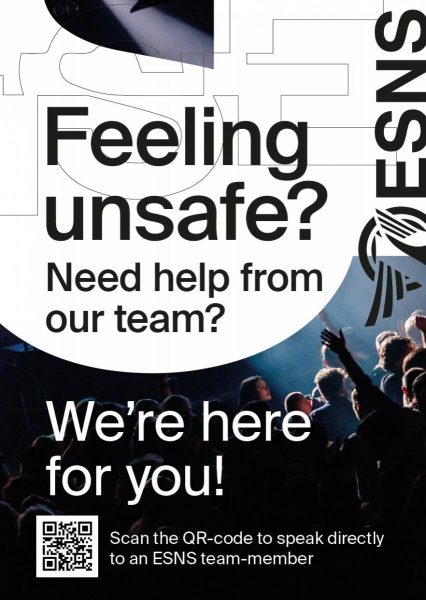
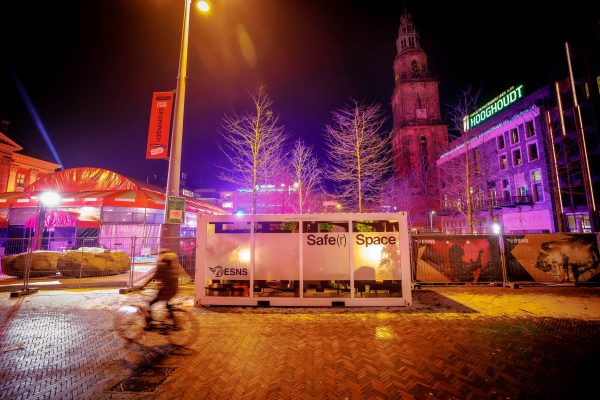
On top of this, the location managers now receive a so-called active bystander training: They learn how to respond and act when something unpleasant happens at their venue, how to diffuse a tense situation, how to act when there is an issue and how to take care of the people involved after an incident. “We plan to give this training to our moderators in our following edition as well, to make sure they can deal with sensitive situations in a conversation,” Rob explains.
Gender Balance
ESNS is also part of Keychange and has had a lineup with a 50/50 gender split for years (click here for more on Keychange). Recently, they applied an even stricter counting method than Keychange, counting every individual artist on stage. “This gave us very interesting insights that we will share later on and that will influence our next moves in programming,” Rob says. Additionally, they have activated a programme to support the hiring of female employees. They ask their suppliers for gender-balanced teams on-site, and in 2023, some locations were run entirely by female technicians “as a statement.” Read more about ESNS’ diversity and accessibility initiatives on their website.
